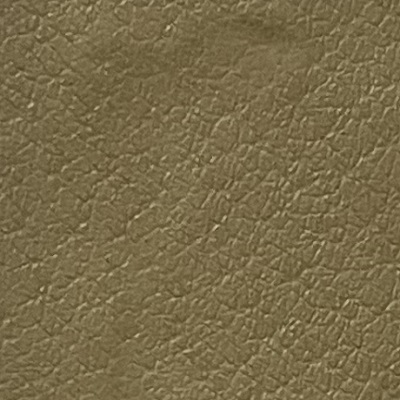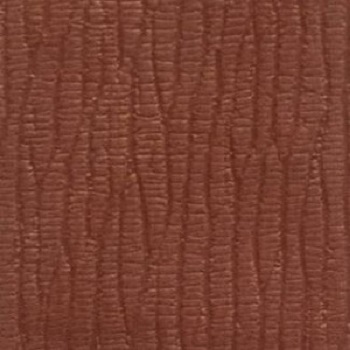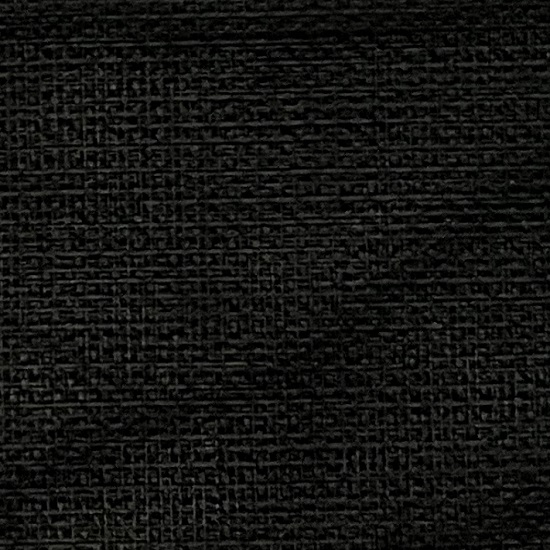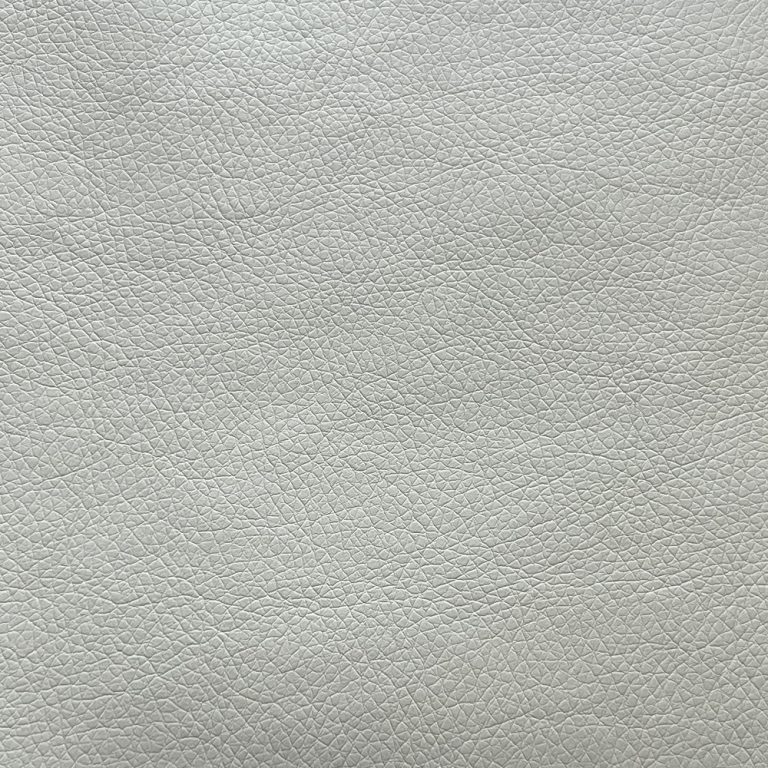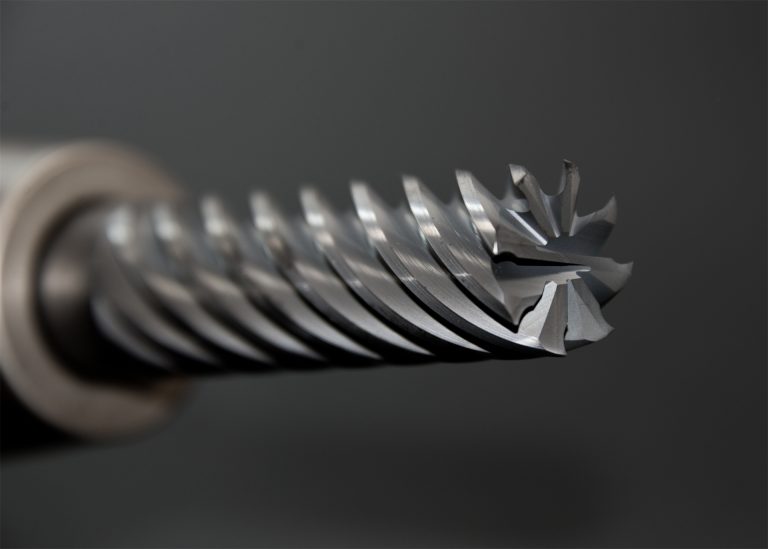The Art of Choosing High-Quality Leather for Shoe Making
The art of choosing high-quality leather for shoe making is a nuanced process that requires a keen eye for detail and a deep understanding of the material’s properties. Leather, one of the oldest and most versatile materials known to humankind, has been used for centuries to craft footwear of exceptional quality. From its durability to its aesthetic appeal, the type of leather used plays a crucial role in determining the overall quality and longevity of the shoes.
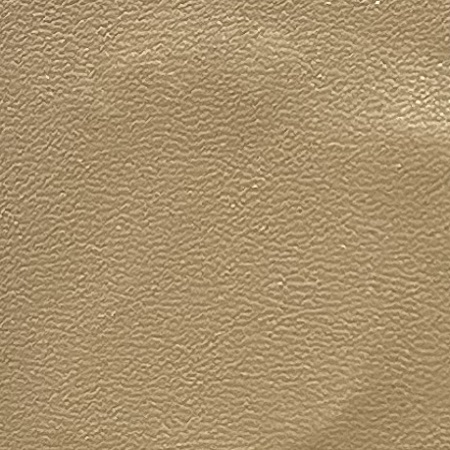
| Amount | Article Name |
| 1 | Shoe Upper |
When selecting leather for shoe making, it’s essential to consider several factors, including the type of animal hide, the tanning process, and the finishing techniques employed. Different types of leather, such as full-grain, top-grain, and genuine leather, offer varying levels of quality and characteristics. Full-grain leather, prized for its natural markings and durability, is the highest quality leather available and is often used in crafting luxury footwear. Its dense fibers make it resistant to wear and tear, ensuring that shoes made from this type of leather will stand the test of time.
| Amount | Product |
| 1 | PU thermo leather |
Top-grain leather, while not as durable as full-grain, is still a popular choice for shoe making due to its smooth surface and relatively high quality. This type of leather is typically sanded and buffed to remove imperfections, resulting in a sleek and uniform appearance. Genuine leather, on the other hand, is the lowest quality of the three and is often used in mass-produced shoes due to its affordability. While genuine leather may lack the durability and natural beauty of full-grain or top-grain leather, it can still be a viable option for those on a budget.
In addition to considering the type of leather, it’s crucial to examine the tanning process used to treat the hides. Tanning is the process of converting raw animal hides into leather by treating them with various chemicals and compounds. There are two primary methods of tanning: vegetable tanning and chrome tanning. Vegetable tanning, the traditional method used for centuries, involves treating the hides with natural tannins derived from plant sources such as bark and leaves. This process results in leather that is firm, durable, and develops a rich patina over time. Chrome tanning, on the other hand, uses chromium salts to tan the hides quickly and efficiently. While chrome-tanned leather is softer and more supple than vegetable-tanned leather, it may lack the same depth of character and longevity.
Finally, the finishing techniques applied to the leather can greatly impact its quality and appearance. Finishing techniques such as dyeing, waxing, and buffing can enhance the leather’s color, texture, and shine. However, excessive finishing can mask the natural beauty of the leather and detract from its overall quality. It’s essential to strike a balance between enhancing the leather’s appearance and preserving its inherent characteristics.

In conclusion, choosing high-quality leather for shoe making is an art form that requires careful consideration of various factors. From the type of leather to the tanning process and finishing techniques, every aspect plays a crucial role in determining the final product’s quality and longevity. By understanding the different types of leather available and their unique characteristics, shoemakers can create footwear of exceptional quality and craftsmanship that will stand the test of time.
